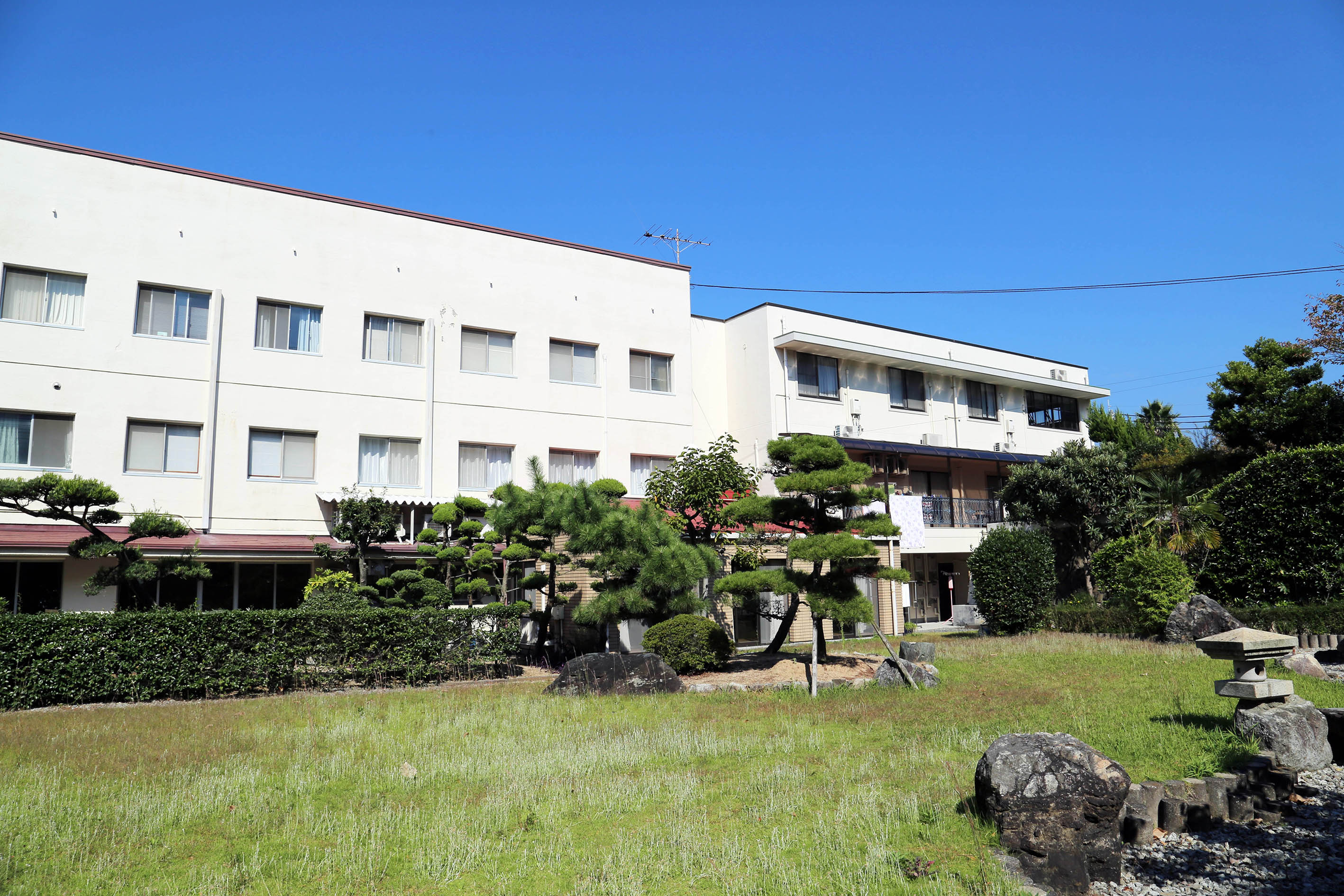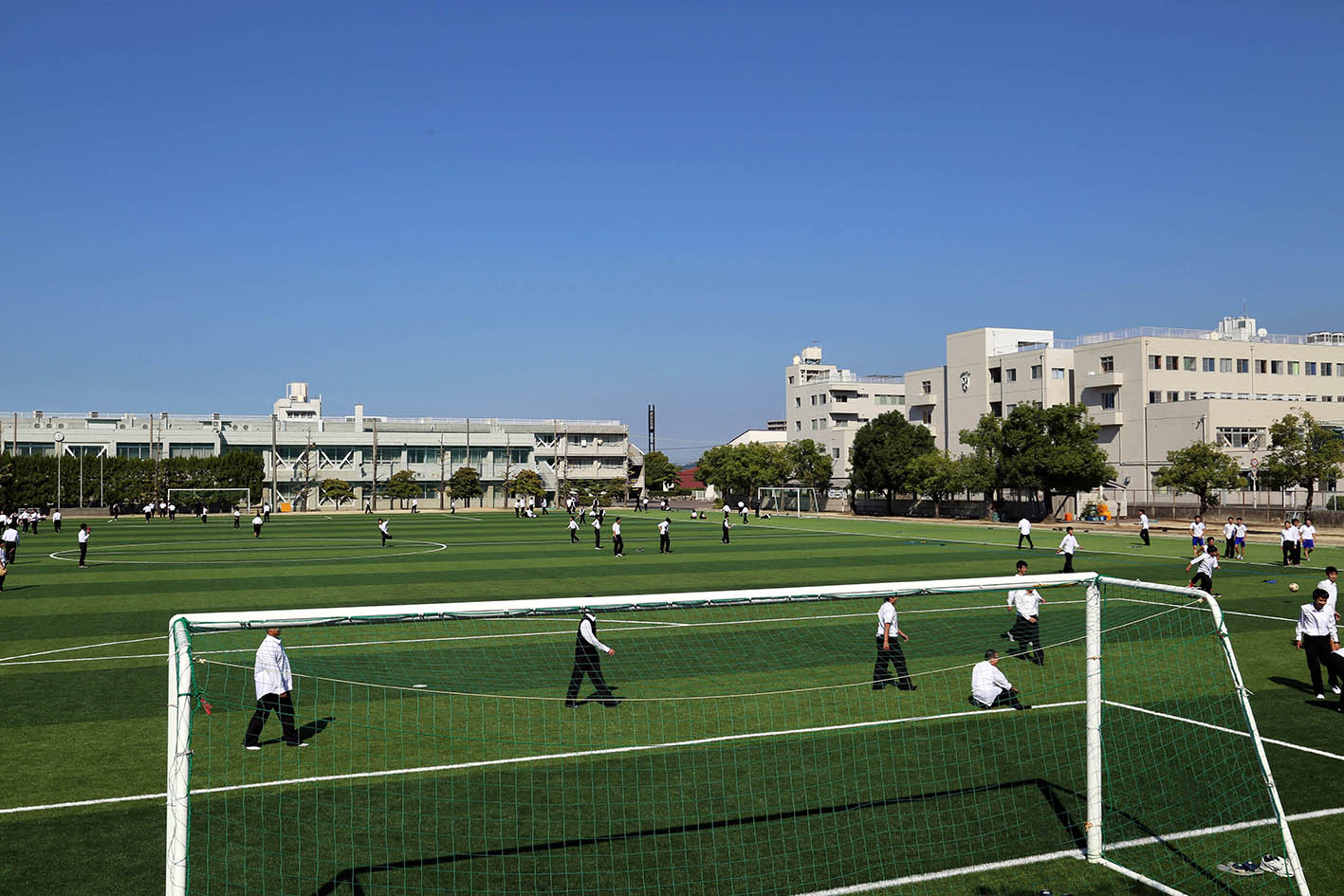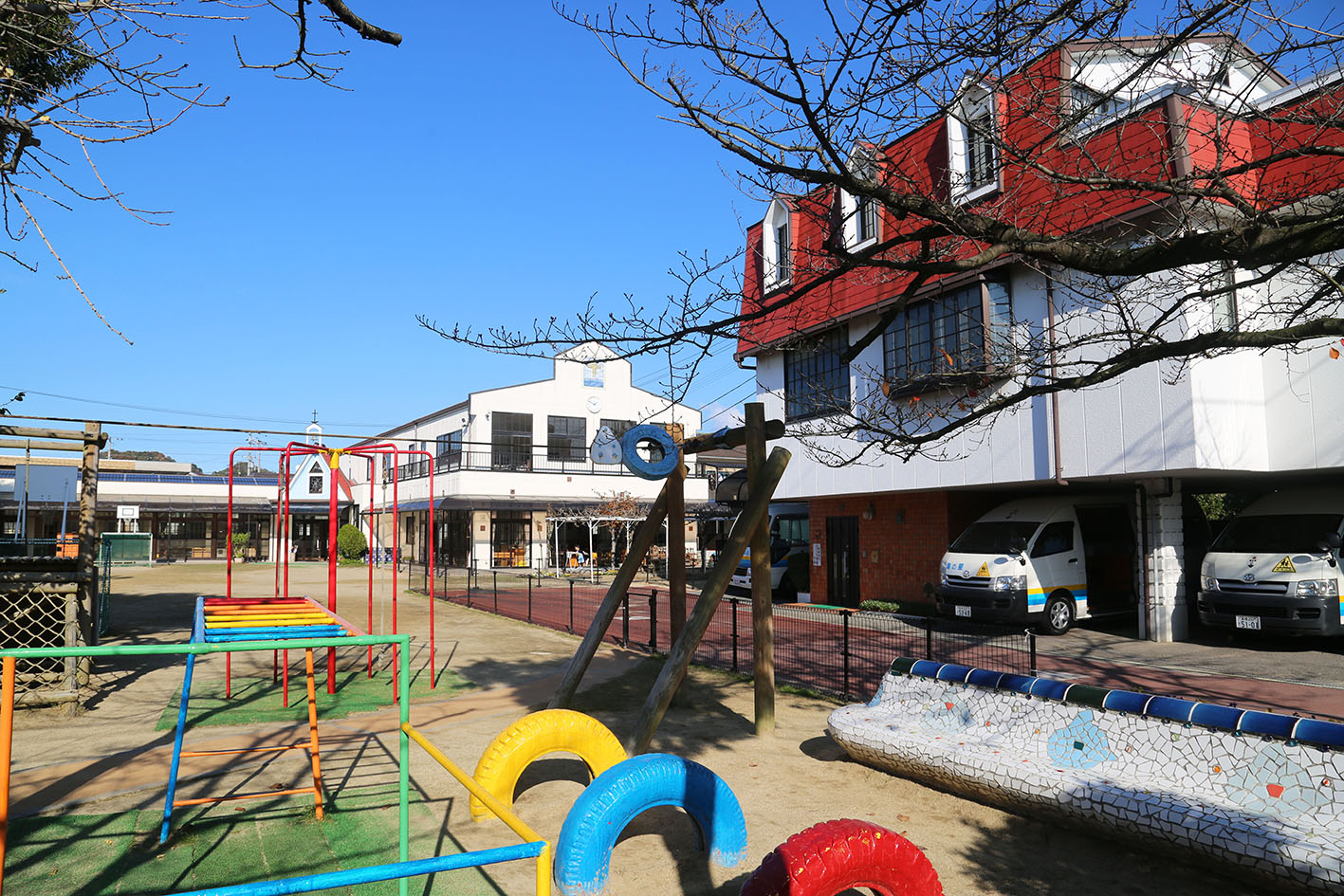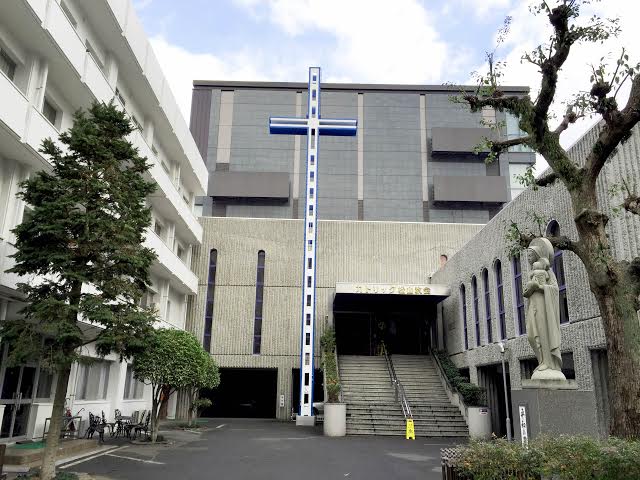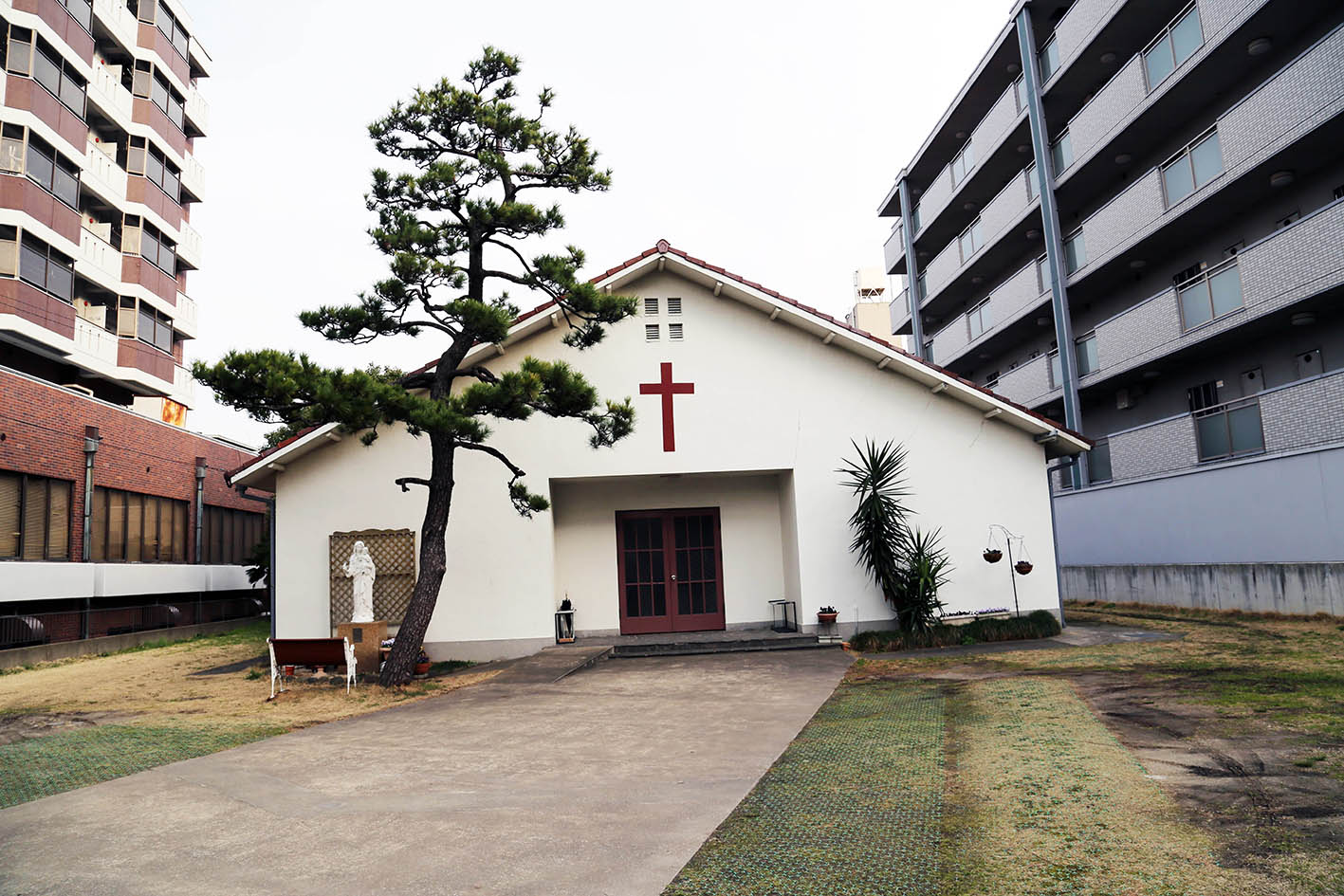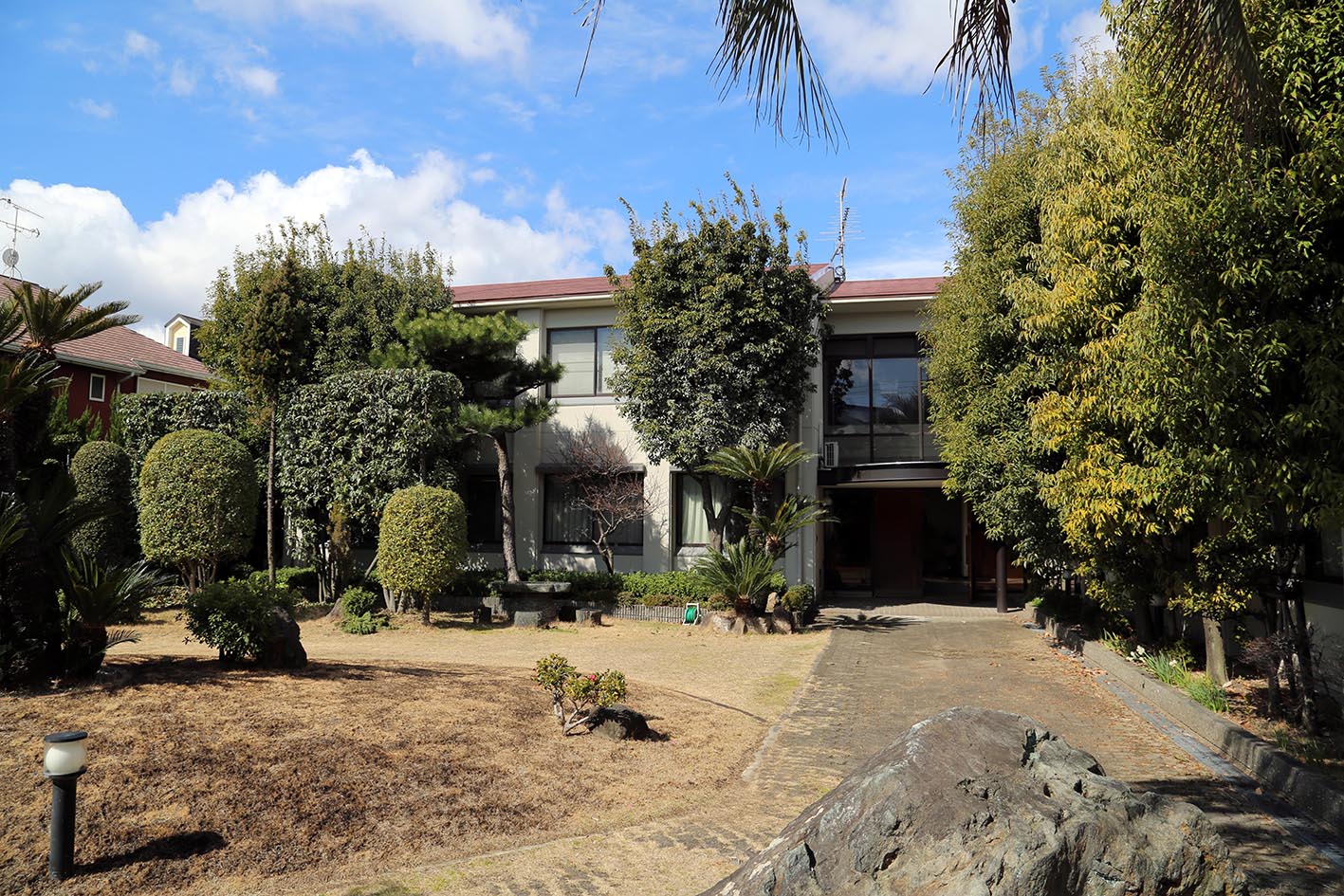HISTORY
The mission of the Province of Our Lady of the Rosary in Japan began in 1602, when the Provincial Chapter decided to send friars to help the thriving Christian communities in the archipelago. The first years were very difficult, but at the same time also a time of grace as preaching the Gospel with great success and apostolic fruits (many conversions and as well as vocations to the Order, many of whom would be give witness of their faith in martyrdom.
The mission flourished until 1637, at the height of the cruelest religious persecutions. It was also during this grave period of persecutions that a great number of the members of the Dominican family---friars, lay brothers, men and women lay Dominicans, members of the various Confraternities--- gave their lives as a testimony of their faith.
It was only in the last quarter of the XIX century that Japan opened its doors to foreigners and abrogated the laws against Christianity. In 1904 the friars returned to preach in Japan and was assigned to the territory of Shikoku island. On 27, January, 1904, it was organized into an the Apostolic Prefecture.
The restoration of the Dominican missions in Japan was led by Fr. Jose Maria Alvarez, appointed superior of the mission who settled in Kochin on 16 August, 1904. On 2 October, four more brothers were assigned: Tomás de la Hoz, Faustino Rodríguez, Millán Domínguez and Celestino Arbás. From the Church and Rectory of the Kochi Parish, they began their apostolate.
During the canonical visit of Fr. Provincial, B. Bonaventura García de Paredes, ordered the construction of new houses exempt from the Ordinary. This decision brought about a reorganization of the Vicariate giving independence to the friars for their religious observances and their missionary activity.
In 1949 the Holy See divided the Apostolic Prefecture of Shikoku into four ecclesiastical districts, adapting to the territory of the four civil provinces of the island. The Dominicans were entrusted with the territory of the civil province of Ehime, focusing their work in this territory. By 1963, the Apostolic Prefecture of Shikoku was raised into a diocese under the name of "Diocese of Takamatsu".
Since the restoration of the mission, the friars made the ministry in the parishes, forming Christian communities and education of the youth as their priorities. These are manifested in the various institutions and ministries they had established through the years:
- Parishes:
1). Parish churches already existing and in which our friars worked and developed further: Kochi (1904 -1949), Tokushima (1905-1949), Uwajima (1906-), Takamatsu (1918-1949), Yawatahama (1937-).
2). Parish Churches founded and developed by the friars: Akaoka (1933-1950), Awa-Ikeda (1933-1938), Shinhonmachi (Enoguchi-Kochi) (1937-1949), Matsuyama (1905-), Imabari (1926-), Niihama (1937-1996), Saijo (1949-), Iyo (1953-), Dogo (Matsuyama) (1957-), Hojo (1968-2002).
- Schools:
College of Saint Thomas “Aiko” in Matsuyama (1952-)
- Student residences:
Student Residence “Saint Thomas” in Matsuyama (1956-) and Student Residence “Saint Dominic” in Tokyo (1959-2010).
- Nursery schools:
Aiwa in Uwajima, Seibo in Yawatahama, Tenshi in Iyo, Umi no Hoshi in Matsuyama, Seibo in Dogo, Wakaba in Imabari, Maria in Saijo and Aiko in Niihama.
The Convent of Saint Joseph of Matsuyama was founded in 1956 as a religious house for the brethren assigned to the College of Saint Thomas “Aiko”. Later in 1968 it was erected in a convent. By the decision of the Provincial Chapter of 2005 (n.214), the House of the Sacred Heart was incorporated into the convent of San José, thus becoming the only community in Matsuyama, so since 2006 it houses not only the brothers who work in the teaching apostolate at the Aiko school, but also those who work in the parishes and nursery schools of the Ehime region.
Being the central house of the mission, it is the official residence of the Regional Prior and the offices of the Vicariate. It is also the Home for the elderly and sick missionaries and a formation house for the recruitment of vocations.


